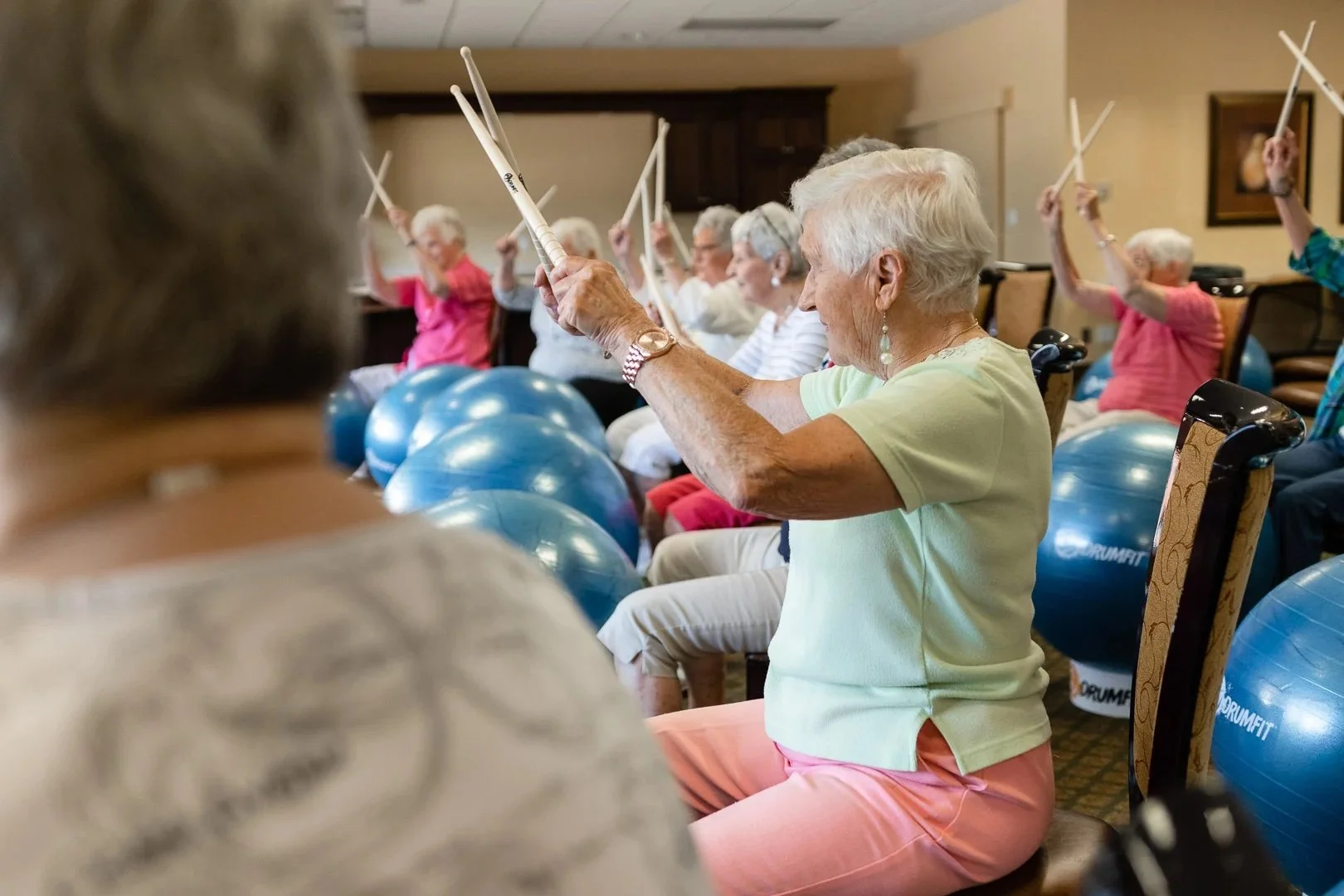Benefits of Physical Activity In Late Adulthood
Being physically active is of major importance for older adults. The human brain unfortunately deteriorates with age, however, physical and social activity has been proven to reduce the effects of aging on the brain while increasing cognitive function.
Certain regions of the brain deteriorate more rapidly than others, and these areas are related to an individuals memory and executive function. Luckily, these regions of the brain are also the most reactive to physical activity!
Physical activity is especially beneficial to those experiencing cognitive function deterioration which cannot be explained by the typical aging process.
Cognitive changes occur relatively slowly in healthy older adults. There is usually a 5-10 year period between the point at which cognitive testing detects cognitive decline unrelated to the normal aging process and the point at which cognitive impairment is sufficiently severe for a dementia diagnosis." (Levy, 1994).
Typically when an individual enters the early stage of cognitive decline, they are diagnosed with 'mild cognitive impairment' (MCI).
A report has shown that forced aerobic exercise for 45 - 6o minutes a day, four days a week for six months significantly improved the results of executive function tests in elderly people with MCI. (Baker et al,. 2010)
Music movement therapy is an excellent solution, as it covers low-impact exercise intervention and is accessible to individuals of all activity levels. Drumming forces the participant to repeat rhythmic movements, ensuring neural involvement and stimulation.
Cardio-drumming involves high levels of cognitive and motor function simulation, while also increasing the heart rate and blood-flow. Rhythmic movements have been proven to affect perception, attention span and working memory.
We at DrumFIT are passionate about the positive effects that cardio-drumming has on individuals of all ages and mobility levels.

